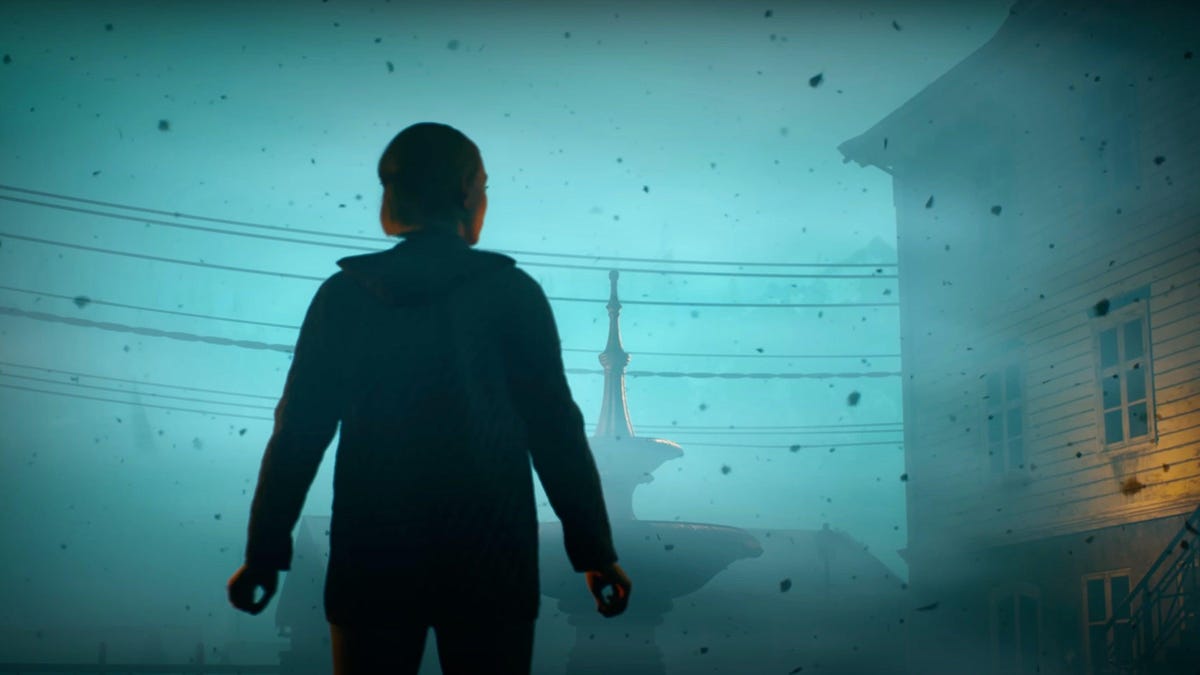Konami’s Silent Hill franchise has been dormant for over 10 years. The last mainline game, 2012’s Silent Hill: Downpour, received mixed reviews, with most players put off by its messy combat and scares. It was up to Silent Hill: Ascension, the first new installment in a decade to help nudge the series back to the greatness of 1999’s Silent Hill and 2001’s Silent Hill 2.
But Ascension, the interactive series made primarily by “massively interactive entertainment” company Genvid and Bad Robot Games, has already failed to impress fans with its very first episode.
What is Silent Hill: Ascension?
Ascension blends Silent Hill canon with audience-led decision making like a Twitch stream. It’s more a grafted plant than a “game,” though its interactive horror might remind you of Until Dawn or Telltale’s The Walking Dead.
Like the latter, Ascension unfolds over multiple episodes—they’re spaced out over the next few months—centered on two families slowly ruined by death and mysticism. The first premiered October 31 on the Ascension mobile app and the ascension.com website. Players have a 24-hour window to weigh in on story decisions, re-watch the series’ typically 15-minute long episodes, and solve puzzles to earn “influence points,” an in-game currency that makes fans’ decisions more important.
So, yes, unfortunately, this thing has a battle pass.
You can earn influence points for free, like with the puzzles I mentioned, but the $20 Founder’s Pack (available through November 14) nets you “over 100 tiers of rewards and Influence Points plus additional exclusive cosmetics,” a recent press release says, which lasts through “the remainder of the Silent Hill: Ascension season or approximately six-months worth of content.” That doesn’t, however, account for the other microtransactions Ascension has, including $20 for a “large” pack of Influence Points.
How does Ascension really work?
$20 is what I pay for movie tickets, so the Founder’s Pack price alone doesn’t bother me much. But those who watched Ascension’s first episode live say the game’s unpleasant user experience and abysmal live show aren’t worth it.
I watched parts of the first episode on its ascension.com archive, and found that—while the monsters look admirably repulsive—it’s difficult to connect with Ascension’s characters when their mouths don’t move. I also noticed that, when switching tabs for a few minutes, the Ascension website would automatically kick me out of its video player and reset my watch time.
These minor frustrations seem pervasive—on October 31, players reported trouble downloading the Ascension app, logging in, and chatrooms wrecked by barely-there spam filters.
“There’s just no filter at all on chat huh,” one popular Reddit comment said. “People are able to spam ‘Hideo Kojima cummy in my tummy’ and boost it so it gets pinned to the top of chat. This is so fucking bad.”
“You guys are not getting it,” a Redditor said sarcastically. Ascension “is a full Silent Hill experience in which you get to feel the psychological aspects of monetization abuse, which affects lifes [sic] of both the game’s characters and players.”
“Ascension will go down in history as the most hated Silent Hill experience,” another Reddit poster prophesied.
Interestingly, Konami seems to understand how important Ascension is to the series. In the game’s latest press release, Konami Silent Hill producer Motoi Okamoto said that “[October 31] is special because Silent Hill: Ascension is the first project in the resurrection of the Silent Hill franchise. I am very proud of this project.”
Ascension’s immediate flatlining feels even more depressing now, especially for series fans like me, who are already a little skeptical about the forthcoming Silent Hill 2 remake and ninth main game, Silent Hill F.
Kotaku has reached out to Konami and Genvid for comment on the reactions to last night’s episode. Neither responded to Kotaku’s request for comment in time for publication.

